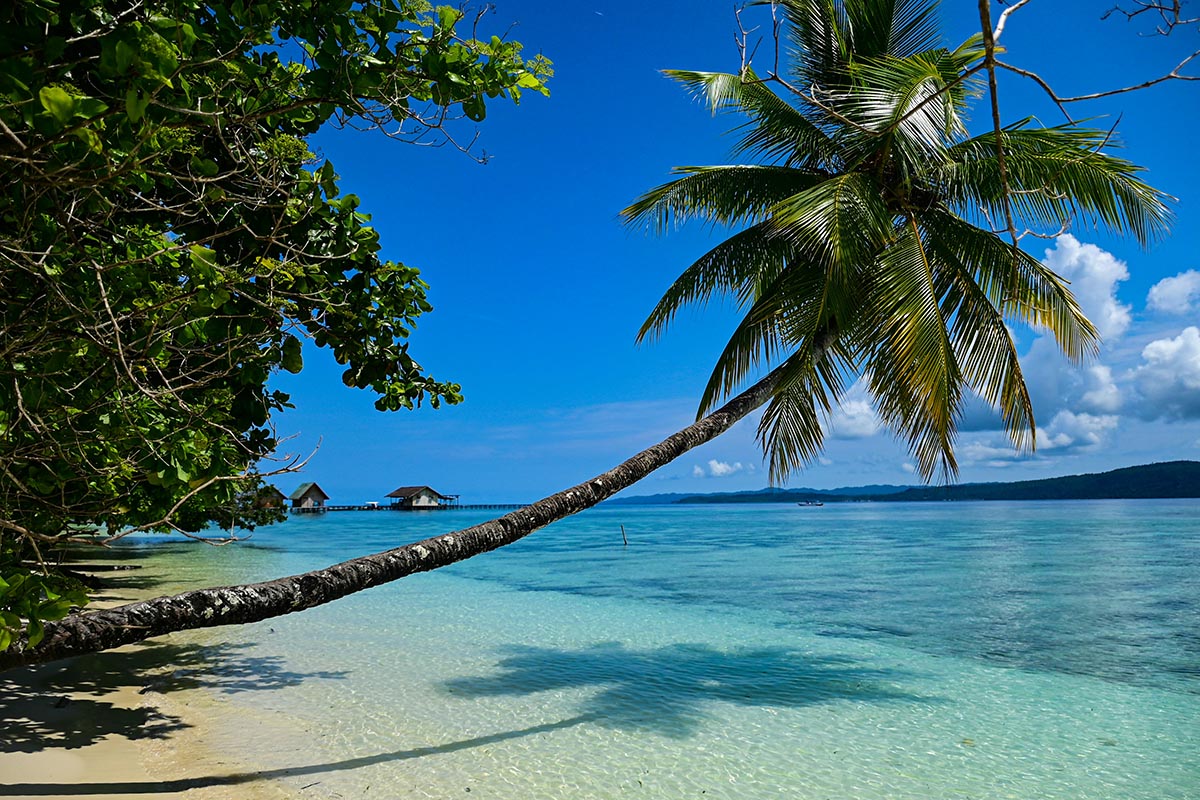Most people arrive in Fiji expecting turquoise waters, poolside cocktails, and a string of postcard-perfect beaches. And while those do exist — in all their glossy glory — they barely scratch the surface of what the islands offer.
What you won’t find in brochures is the everyday magic: villages where strangers greet you by name, hidden trails that lead to waterfalls with no one around, or conversations with locals that shift your entire perspective on time. Fiji isn’t just a destination; it’s a way of being — and if you’re willing to go slightly off-course, the experience becomes something else entirely.
Here’s what the guidebooks often skip — and what you’ll wish you knew before your trip.
Pick a Resort That Fits Your Travel Style
Fiji isn’t one-size-fits-all, and neither are its resorts. Whether you’re after seclusion, family fun, diving adventures, or beachfront relaxation, your choice of stay shapes your entire experience. The difference between a good trip and an unforgettable one often comes down to where you sleep, eat, and unwind.
That’s why choosing the right Fiji resorts matters. Some are all-inclusive with spas and activities built-in. Others lean eco-friendly and help you connect with local communities. Some resorts cater to surfers, romantic getaways, solo explorers, and even remote workers looking for a peaceful base with strong Wi-Fi.
Take a moment to think about what you want out of your trip — slow mornings by the water? Excursions and day trips? Cultural immersion? Then find a resort that actually supports that rhythm. You’ll thank yourself later.
Fiji’s Best Spots Aren’t in the Brochures
The iconic photos usually highlight the same few places — the Mamanuca Islands, a couple of well-known beaches, maybe a waterfall near Nadi. But Fiji is made up of over 300 islands, and many of its most memorable spots don’t make it onto Instagram or into glossy travel guides.
Some of the best experiences are quiet and unassuming:
- A locally recommended hike in Taveuni, where wild orchids grow along the path
- Snorkeling spots off Vanua Levu with coral gardens that haven’t been crowded yet
- Hot springs in Savusavu that locals use every day but rarely get tourist traffic
- Tiny coastal villages on lesser-known islands where you’re invited to share kava and stories
The truth is, most visitors stick to just one or two regions. But if you go even slightly off-route — take a smaller ferry, ask locals for recommendations, explore on foot — you’ll see a side of Fiji that most travelers miss.
Weather Impacts More Than You Think
Fiji’s tropical climate is part of its charm, but it also comes with a few curveballs first-timers don’t always plan for. While the dry season (May to October) offers sunshine and calmer seas, the wet season (November to April) can bring sudden downpours, strong humidity, and stormy days that disrupt travel plans.
It’s not just about getting wet, either. Ferries may be delayed, small planes might be rescheduled, and some remote island excursions can get canceled altogether. That yoga-on-the-beach morning or your snorkeling tour? Both depend heavily on conditions.
That doesn’t mean avoid the rainy season altogether—it often comes with fewer crowds and better prices. But if you’re traveling during this window, leave wiggle room in your itinerary. A flexible mindset will serve you better than a jam-packed plan.
Local Food Beats Any Hotel Menu
Resort meals are safe, familiar, and polished—but if you only eat at the hotel, you’ll miss out on some of the most authentic (and affordable) flavors Fiji has to offer. Local markets and small village eateries serve up dishes that speak to the island’s soul, not just the tourist palate.
What’s worth trying?
-
- Lovo – A traditional underground oven feast where meats (usually chicken or pork), fish, and root vegetables like taro and cassava are wrapped in banana leaves and slow-cooked over hot stones. The result is smoky, tender, and deeply flavorful.
- Kokoda – Fiji’s refreshing answer to ceviche. Raw fish is marinated in citrus juice until it’s firm, then mixed with creamy coconut milk, onions, tomatoes, and chili for a bright, satisfying dish often served chilled.
- Cassava and dalo – These aren’t just side dishes; they’re staples. You’ll find them boiled, mashed, or even turned into chips. Hearty and earthy, they pair well with stews, curries, and grilled seafood.
- Fijian curries – Influenced by Indo-Fijian culture, these dishes often use fresh local spices, lentils, eggplant, and coconut-based sauces. Don’t skip the roti.
Don’t be surprised if food service is slow or menus change based on the catch of the day. It’s part of the charm. Just show up with an open mind (and maybe a little hot sauce in your day bag).
Conclusion
Fiji rewards the curious traveler—the one willing to look past the glossy brochure shots and dig a little deeper. If you come with a flexible mindset and a bit of local insight, you’ll leave with far more than pretty photos. You’ll leave with stories.


